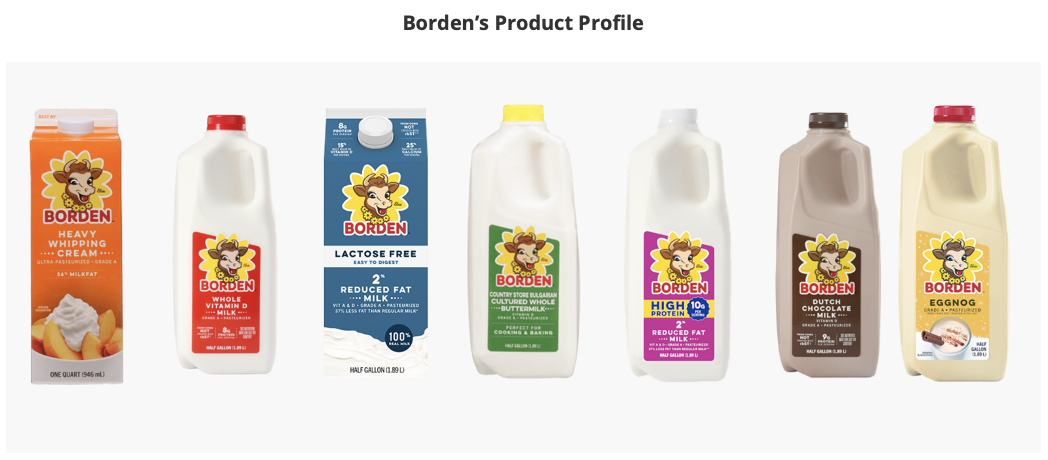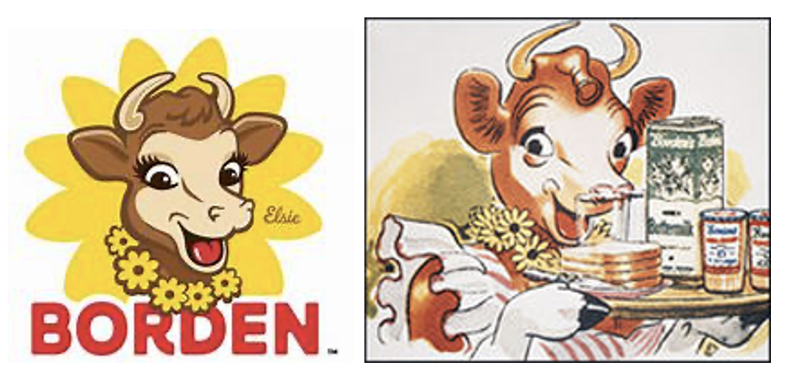- Last time, we explained how milk has grown into a multi-use product, thanks to improved technology.
- Here, we discuss what today’s consumer in the developed world wants.
- We do so by looking at the trends that are now evolving.
Fast-Moving Trends in the Developed World
According to OECD-FAO, global milk production is likely to increase by 1.6% per annum, but with Europe, significantly less than this. Just two countries, India and Pakistan, should contribute to more than half of this growth. Liquid milk sales have been declining in Europe and the US for several years, yet production is increasing, not least because of continually improved genetics offset by declining herd numbers (in Europe herds down 0.6% per annum). The inescapable conclusion is that the extra milk in the developed world is either going to be transformed into other products, and/or export sales to potentially underdeveloped markets are increasing.
In the developed world, the decline in liquid milk types is masked by some uneven trends. It doesn’t seem so long ago that we were all being encouraged to drink reduced fat milk (2%), and now the wheel has come full circle with predicted growth in these mature markets coming from increased demand for dairy fat. Full-fat drinking milk is now perceived by a significant body of experts to have health benefits for heart circulation and type 2 diabetes (high cholesterol and weight watchers probably ought to stick with the reduced fat alternatives).

The market is also age segmented. As their age increases, consumers become much more interested in these health benefits, whilst the younger generations have shown a strong preference for other beverages, often carbonated, sometimes with high sugar content. Equally, some consumers will be interested in the fortification of milk with vitamins, extra proteins, and minerals.
On the 5th January 2020, Borden Dairy Company, with a revenue of $1.2 billion, entered bankruptcy. It was an integrated business making everything from Dutch chocolate milk, eggnog, to dips and sour cream.

In his telling affidavit, the CFO made the following comments:
“[It is] a difficult environment for milk producers that includes decreasing demand for milk, increased competition with non-dairy alternatives, the growth of discount grocery retailers, and the growth of private label alternatives.”
Suddenly, the iconic “Elsie the Cow” (created 1936) was, at least temporarily, no more.

There’s an important message here for the retailer and their supply chain partners. Better carry out sufficient consumer research, so as not to get caught out in this fast-paced environment. Most of them do this, and know they have to.
What Does the Consumer Want?
For the developed world, there’s plenty of evidence that consumer tastes are changing, both in the desirability of some products but also in their availability and packaging. Price is becoming less of a purchasing driver and other more complex demands and interactions are appearing. One of the most useful studies is the still relevant Deloitte 2015 American Pantry Study. For all products, the most important preferences, excluding price, were “convenient options that are also healthy” (86%), “products with fewer ingredients” (75%), and “attention to the nutritional content of the food I buy” (74%). This profile is clearly beneficial for dairy products.
In terms of premiums, when asked how much of a premium consumers are prepared to pay for a healthier version of (all) products, 55% of respondents responded up to 10% premium and 23% said 10-20% or more. Again, a very helpful profile for the dairy industry.
Dairy/yoghurt also came out as the top category for having a relatively higher focus on health and sustainability, not to be confused with ice cream, which performed less well. Readers of this article who produce fruit juices and juice drinks should be aware that they came second in this category and indeed many of the marketing lessons we’ll be discussing have relevant crossovers between these two sectors.
Top Drivers
In many instances, the top two drivers in the dairy sector (including those found in the bakery industry) were:
- Consumers want more innovative products and new taste experiences. The dairy industry is always innovating and we’ll be examining this in more detail in future articles. In particular, how taste, flavour and texture profiles can be altered.
- Consumers are more aware of the health benefits of dairy products. This requires considerable consumer research as the market is segmented. For example, with an ageing population in the developed world, there’s been a growth in interest in dairy products for seniors for the prevention of sarcopenia (muscle atrophy), for which there’s currently no approved medical treatment. For several other groups, the benefits of enhanced protein are more important. Proven health benefits must therefore be carefully targeted.
Other Drivers
Other facets that are important to consumers, but not always related to the actual product, include:
- Traceability (as non-GMO and organic).
- Sustainability.
- Safety.
- Improvements in the sport nutrition sectors sector.
- Foods that assist with specific nutritional needs.
- Non-dairy alternatives that address issues such as dairy intolerance.
- Dairy-based snacks at convenient locations (fresh products are desirable).
- Locally sourced products.
- Value.
- Online availability.
Other Insights That May Be of Interest…
The Dairy Industry, Now and in the Future













